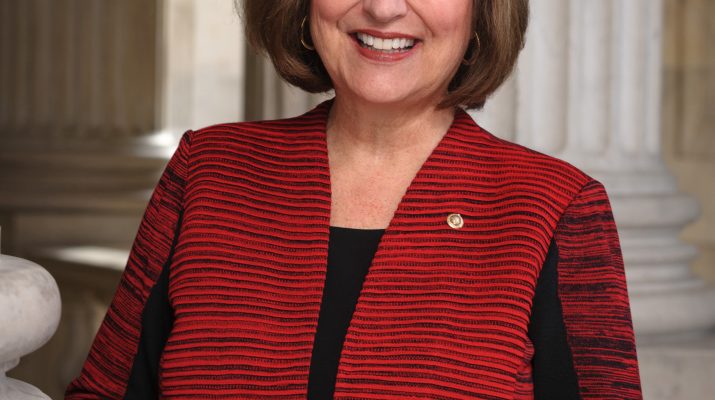As harvest draws to a close, Nebraska’s producers are worried.
Farmers especially feel the weight of higher costs and interest rates. While input costs have risen, market prices have stumbled. With corn hovering at $4 and soybeans at $9, the Department of Agriculture projects farm income will be down 6.8 percent compared to last year.
On top of all this, many farms and ranches across our state are experiencing drought conditions. This is likely causing some variable yields, and drought has certainly affected pasture and range conditions as well.
Stressful times like these are why we have a Farm Bill—to ensure that no matter the annual ups and downs, America’s farm and ranch families will survive. But we need a new Farm Bill that addresses the unique problems facing producers right now.
The Republicans on the Senate Agriculture Committee have released a Farm Bill framework that addresses trade and other issues. It invests in the farm safety net, crop insurance, voluntary and locally-driven conservation, and trade promotion programs. Our framework is based on what we’ve heard from the farmers and ranchers in our home states. These are producers’ priorities.
But so far, Democrats have rejected our framework. As usual, their primary objectives for the Farm Bill are climate change initiatives and nutrition programs. I support important programs to help children and families who are experiencing unmet nutritional needs. There’s no reason we can’t take care of families in need of nutrition assistance while also ensuring that America’s ag producers have the tools they need to be successful. But we need to keep the farm in the Farm Bill, now more than ever.
My Republican colleagues and I are working hard to collaborate with the Democrats without sacrificing necessary ag priorities. We feel confident that the current environment will convince our Democrat colleagues to collaborate to help struggling producers across the country.
Our Farm Bill framework would strengthen crop insurance and other risk management tools for producers. It would provide a more than 25 percent increase in locally led and voluntary conservation programs. It would also increase funding for critical animal health programs and support ag research by investing a minimum of $1 billion in the Research Facilities Act.
The framework also doubles funding for trade promotion programs. This summer, the USDA estimated that the agricultural trade deficit will be a record $32 billion. This is up from the previous record, set in 2023, of $16.7 billion. It’s only the fourth agricultural trade deficit in the last 50 years. But Nebraska agriculture needs overseas markets—our exports alone generate $8.3 billion. That’s why strengthening trade is so critical in the upcoming Farm Bill.
Our Farm Bill framework includes a few bills I’ve introduced this Congress as well. My PAL Act and PRECISE Act would make it easier for producers to adopt precision ag technology. The PAL Act would create a USDA loan program for precision ag equipment, and the PRECISE Act would expand current USDA loans to include precision ag tools. My Last Acre Act would create another USDA program to expand broadband connectivity across farmland and ranchland, so producers can use that technology. And my Emergency Conservation Program Improvement Act would also better support our ag producers when disaster strikes.
Passing a Farm Bill in a lame duck session will be challenging, but Democrats must come to the table for the sake of our farm and ranch families. They need to work with Republicans to increase investments in commodity programs, crop insurance, trade promotion, and ag research.
This week, Senator Ricketts and I held a town hall with the members of the Nebraska Farm Bureau. I told members how it’s critical for them to contact lawmakers and share their experiences. Hearing their stories helps everyone understand the Farm Bill’s importance, and it gives us examples to share with colleagues in Washington.
Thank you for participating in the democratic process. I look forward to visiting with you again next week.

